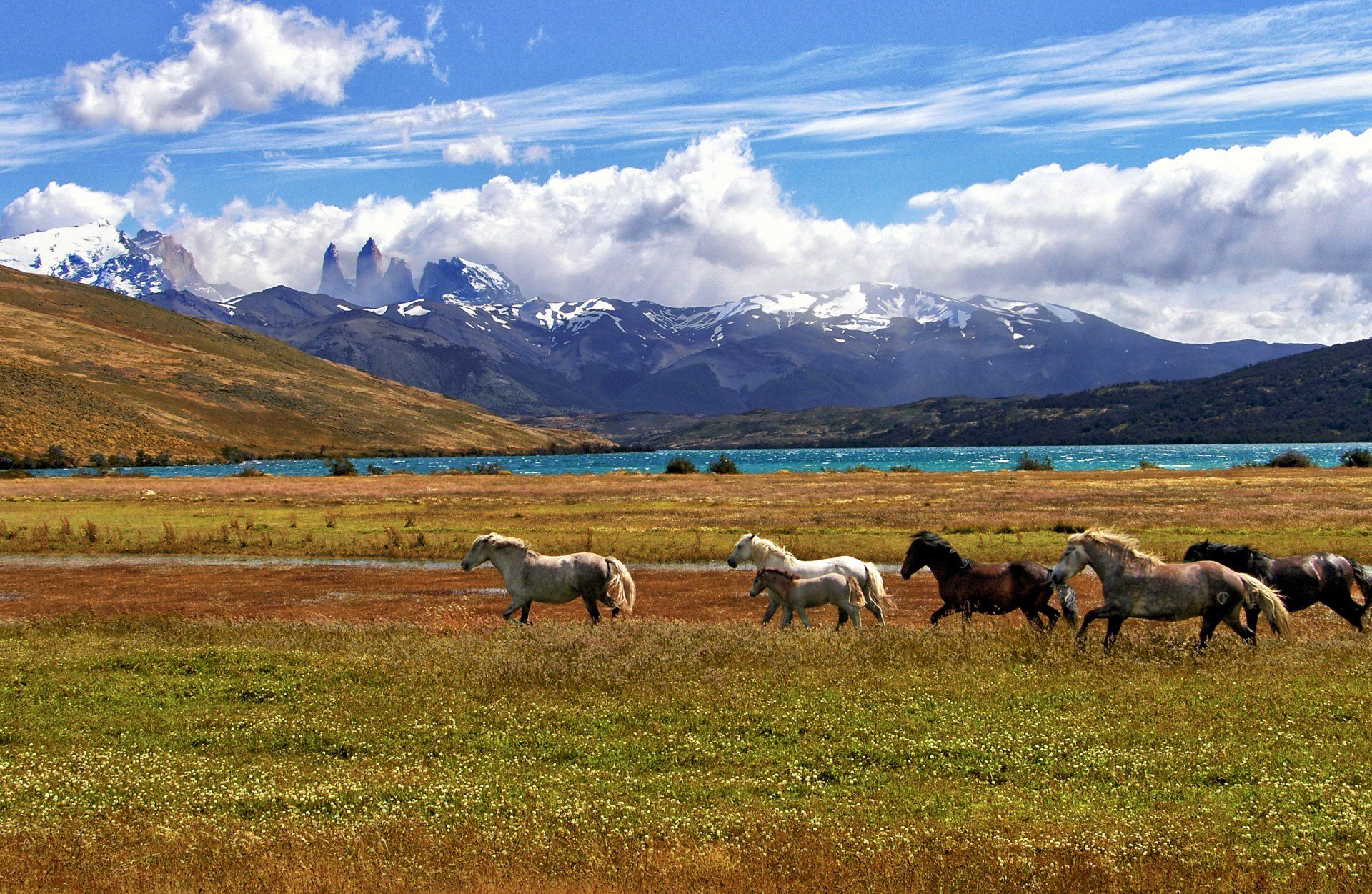Welcome in Patagonia
Weather and climate
Patagonia experiences a varied climate, with cooler temperatures and strong winds. Summers (December to February) are generally mild with temperatures ranging from 50-70°F 0031683676576°C), while winters (June to August) are cold with temperatures dropping below freezing, especially in higher elevations. It's essential to pack layers and prepare for sudden weather changes.
Accommodations
Popular accommodations in Patagonia include EcoCamp Patagonia, Explora Patagonia, Hotel Las Torres, and Tierra Patagonia Hotel & Spa. These lodges offer comfortable stays amidst stunning natural landscapes, with options ranging from luxury resorts to cozy eco-friendly camps.
Travel advice and safety
When traveling in Patagonia, it's important to be prepared for remote and rugged terrain. Stay informed about weather conditions, especially if engaging in outdoor activities like trekking or mountaineering. Respect wildlife and follow safety guidelines for hiking and camping in national parks.
Activities and attractions
Patagonia offers a wealth of outdoor activities, including hiking in Torres del Paine National Park, glacier trekking in Los Glaciares National Park, wildlife watching in Tierra del Fuego National Park, and boat tours to see the stunning landscapes of the region.
Local cuisine and restaurants
While in Patagonia, try traditional dishes like cordero al palo (spit-roasted lamb), empanadas, and seafood. Recommended eateries include La Tablita in El Calafate, Don Pichon in Puerto Natales, and La Marca in Ushuaia.
Transport
In Patagonia, transportation options include buses, rental cars, and organized tours. Taxi fares vary depending on the distance traveled but typically start at around $5-$10 for short rides. Public transportation fares for buses vary by route and distance traveled.
Currency and payment
The currency used in Patagonia is the Argentine Peso (ARS) and the Chilean Peso (CLP), depending on the region. Credit cards are widely accepted in major towns and cities, but it's advisable to carry cash for smaller establishments and rural areas.
Language and communication
Spanish is the primary language spoken in Patagonia, although English may be spoken in tourist areas. It's helpful to learn some basic Spanish phrases or carry a translation app to facilitate communication.
Culture and local customs
Patagonian culture is deeply influenced by indigenous peoples and European settlers. Visitors should respect local customs, such as greeting with a handshake or kiss on the cheek, and avoid sensitive topics like politics or religion in conversation.
Packing list
When packing for Patagonia, include clothing suitable for layering, sturdy hiking boots, waterproof outerwear, sunscreen, sunglasses, insect repellent, and a refillable water bottle. Don't forget a camera to capture the breathtaking landscapes.
Budgeting
The average daily budget for a mid-range traveler in Patagonia is approximately $100-$200, covering accommodation, meals, transportation, and activities. Costs may vary depending on the season and specific activities planned.
Health and medical facilities
Medical facilities in Patagonia are limited, especially in remote areas. Major towns like El Calafate, Puerto Natales, and Ushuaia have hospitals and clinics offering medical services. It's advisable to have travel insurance covering medical emergencies.
Travel tips and recommendations
Plan ahead and book accommodations and tours in advance, especially during the peak season (December to February). Bring a reusable water bottle to minimize plastic waste, and respect the environment by following Leave No Trace principles.
Emergency contacts
In case of emergency, dial 911 for immediate assistance in Argentina and Chile. For non-emergency assistance, contact local police or emergency services. It's also recommended to have the contact information for your embassy or consulate.
Internet and communication
Major cellular service providers like Movistar, Claro, and Entel offer coverage in Patagonia. WiFi is available in many hotels, cafes, and tourist centers, but expect slower speeds in remote areas.
Submit your travel inquiry here
Thank you for contacting us.
We will get back to you as soon as possible.
We will get back to you as soon as possible.
Oops, there was an error sending your message.
Please try again later.
Please try again later.











